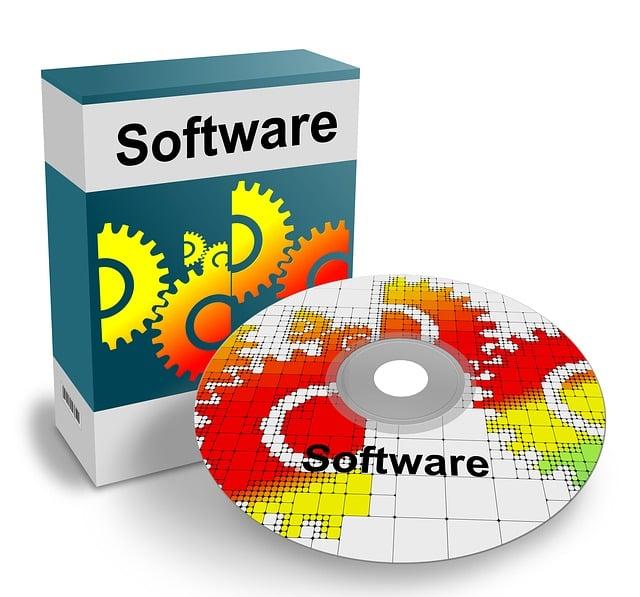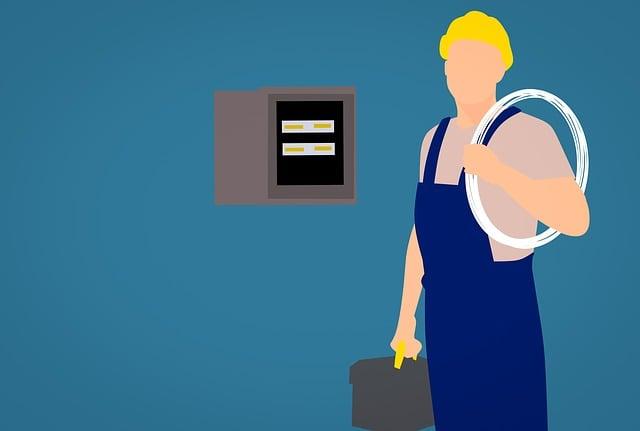In an era where video content rules the digital landscape, the ability to convert videos seamlessly can feel like unlocking a treasure chest of opportunities. Enter the world of MP4 — the reigning champion of video formats, known for its versatility and compatibility across countless devices. Whether you’re a budding filmmaker, a content creator, or just someone who loves sharing videos, understanding the ins and outs of MP4 can elevate your game to new heights. But what does it mean to truly master MP4? How can this knowledge unlock the door to smooth streaming, stunning quality, and easy sharing? In this ultimate guide to video conversion, we’ll explore the nuances of MP4—from the basics of what it is and why it matters, to the step-by-step processes of converting various formats into this powerful file type. So, grab your favorite beverage, settle in, and let’s demystify the art of video conversion together!
Exploring the World of MP4: Why It’s the Go-To Format for Video Lovers
If you’ve ever dabbled in the world of video files, you’ve probably come across MP4, that versatile little format that everyone seems to rave about. What’s the secret sauce? Well, it’s like the Swiss Army knife of video formats—it balances quality and size beautifully. Imagine trying to fit a huge blockbuster movie onto your phone; MP4 swoops in to save the day, compressing files without leaving you feeling like you’ve watched a blurry mess. This format is widely supported, so whether you’re viewing on a smartphone, tablet, or desktop, MP4 is likely to play nice without a hitch. It’s got the chops to deliver high-quality visuals, making it a top choice for everyone from casual users to professional filmmakers.
But MP4 isn’t just about playing nice with devices; it brings along a suite of features that make it even more appealing. The format natively supports various codecs, including H.264 and AAC, which are celebrated for their high efficiency. You know how a great chef knows which spices to use to elevate a dish? That’s MP4 with its codecs. Plus, it handles video, audio, subtitles, and still images all in one package. Talk about convenience! Whether you’re sharing family vacation videos or gearing up for a YouTube launch, MP4’s flexibility is hard to beat. Here’s a quick breakdown of its key features:
| Feature | Description |
|---|---|
| High Compression | Reduces file size while preserving quality for easier sharing. |
| Wide Compatibility | Supported by almost all devices and software platforms. |
| Multiple Codecs | Utilizes various audio and video codecs for optimal performance. |
| Streaming Capability | Excellent for online streaming services, enhancing viewing experiences. |

Essential Tools and Software for Seamless MP4 Conversion
When diving into the world of MP4 conversion, having the right tools can make all the difference. Whether you’re a hobbyist looking to tweak your home videos or a professional aiming for top-notch quality, choosing software that fits your needs is essential. Here are a few standout options:
- HandBrake: An open-source tool loved for its versatility and ease of use. HandBrake supports various formats and includes preset options for multiple devices.
- Freemake Video Converter: Great for beginners, this software offers a user-friendly interface and quick conversion processes without sacrificing quality.
- FFmpeg: For the tech-savvy user, FFmpeg is a powerful command-line tool that can handle almost any video format and offers extensive customization options.
Now, if you’re looking for tools that can work seamlessly across platforms, consider the following:
| Tool | Platform | Key Feature |
|---|---|---|
| VLC Media Player | Windows, Mac, Linux | Multi-format support with playback capability |
| CloudConvert | Web-based | No software installation needed |
| Adobe Media Encoder | Windows, Mac | Professional-grade quality and integration with Adobe products |
Selecting the right software isn’t just about functionality, but also about what suits your workflow best. Experiment with a few of these options and see which aligns with your conversion style and needs. Happy converting!

Understanding Video Quality: Optimal Settings for Different Devices
When it comes to video quality, various devices come with their own sets of optimal settings. Think about it like tuning an instrument; a guitar and a piano both produce music, but they each have unique requirements for peak performance. For smartphones and tablets, video resolution is often set to 720p or 1080p to strike a balance between clarity and battery usage. On the other hand, smart TVs and desktop monitors can handle full 4K resolution, making them perfect for high-definition displays. This means you don’t want to pump out 4K videos for a device that can’t showcase them fully—just like playing a complex symphony on a child’s toy piano wouldn’t do it justice!
Additionally, the bit rate plays a huge role in determining video quality. Lower bit rates might save space but can lead to pixelation, much like trying to stretch your favorite pizza without adding extra toppings. So, what’s the sweet spot? Here’s a quick reference table:
| Device Type | Optimal Resolution | Recommended Bit Rate |
|---|---|---|
| Smartphones | 720p to 1080p | 2.5 to 5 Mbps |
| Tablets | 1080p | 5 to 10 Mbps |
| Smart TVs | 4K | 15 to 25 Mbps |
| Desktop Monitors | 4K | 10 to 20 Mbps |
By understanding how these settings adapt to different devices, you can unlock the full potential of your videos and tailor your content for the best viewing experience possible. So, the next time you’re converting videos, remember: it’s not just about the size and format; it’s about making sure your audience sees—and hears—the content in the best light possible!

Troubleshooting Common Conversion Issues: Tips for a Smooth Experience
When it comes to converting your videos to MP4, it’s not all smooth sailing. You might run into a few bumps along the way, whether it’s a glitch in the software you’re using or issues with the file size. One common hiccup is incompatible file formats. Always make sure your original video file is supported by the converter you’re using. If you’re getting errors, check if the codec is right. Sometimes, just tweaking a setting can be the key. And let’s not forget about file size—too large, and it might just stall. A handy tip? Try lowering the resolution or bitrate to ease the burden on your system and speed things up. Here’s a quick checklist for a hassle-free conversion process:
- Check file compatibility
- Adjust resolution or bitrate
- Ensure sufficient disk space
- Update your video converter software
- Restart your device to clear any temporary glitches
Another issue that often pops up is audio-video sync problems. This can be frustrating, especially if your video message gets lost in translation due to lag. One effective workaround is to convert the audio and video tracks separately and then merge them afterward. Using a reliable merging tool can give you a smoother finish. If you’re still facing sync issues, check your playback settings—sometimes, it’s just a matter of the player being a bit finicky. Here’s a quick table to highlight some prime solutions for these common issues:
| Issue | Possible Solutions |
|---|---|
| Incompatible File Format | Use supported codecs, tweak settings |
| File Size Too Large | Lower resolution or bitrate |
| Audio-Video Sync Issues | Convert tracks separately and merge |
| General Glitches | Restart device, check updates |

Closing Remarks
As we wrap up this exploration of mastering MP4 and the nuances of video conversion, it’s clear that we live in an age where content is king, and video reigns supreme. Whether you’re a budding filmmaker looking to share your latest masterpiece or just someone wanting to convert family memories into shareable formats, understanding the art of video conversion opens up a world of possibilities.
Remember, the right tool can make all the difference—like a chef with the perfect knife. With the tips and tricks we’ve shared, you’re now equipped to navigate the sometimes choppy waters of video formats with confidence. So go ahead, unleash your creativity, and let your videos shine! Whether it’s for a social media post, a professional presentation, or just for fun, mastering MP4 is your ticket to standing out in a crowded digital landscape.
And who knows? This might just be the first step on your journey to becoming a video wizard. Keep experimenting, keep sharing, and most importantly, keep enjoying every frame of your video adventures!


